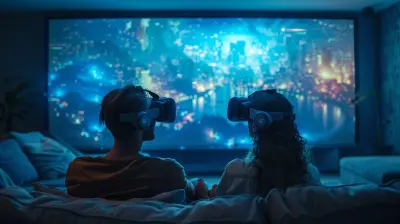Augmented Reality in Pop Culture: From Sci-Fi to Reality
10 July 2025
Augmented reality (AR) has been a cornerstone of pop culture for decades, often depicted in sci-fi movies, books, and video games as a futuristic concept where digital elements seamlessly blend with the real world. What was once a figment of imagination has transitioned into reality, with AR now playing a significant role in various industries.
From Hollywood blockbusters to everyday smartphone apps, AR has infiltrated our lives in ways we never thought possible. But how did we get here? And what does this mean for the future of entertainment, gaming, and even our daily routines?
Let’s dive into the evolution of AR in pop culture, tracing its journey from science fiction to the real world.
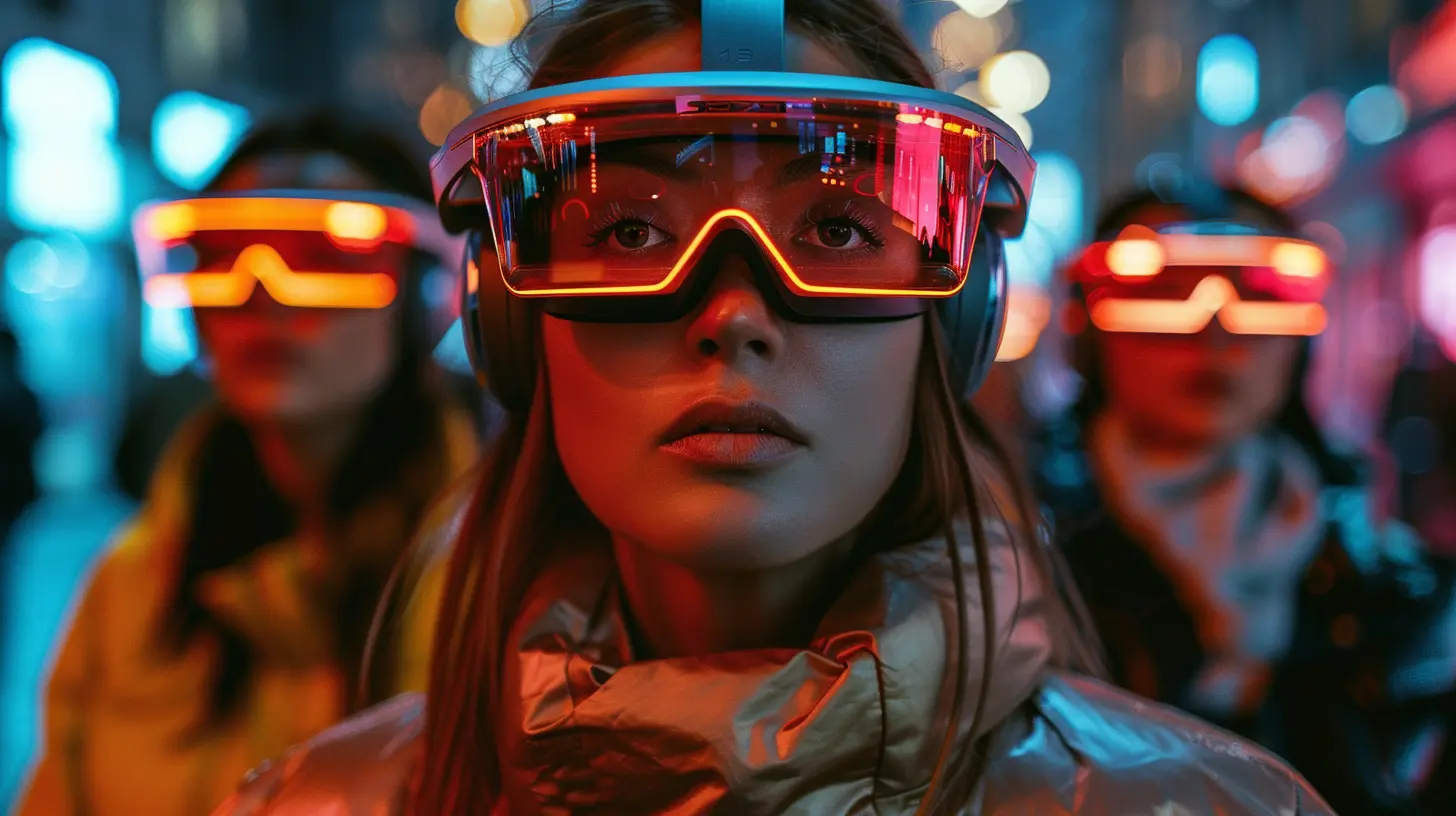
The Early Days: AR in Sci-Fi & Pop Culture
Before AR became an actual technology, it thrived in the realm of fiction. Many classic sci-fi books and films introduced the concept long before engineers brought it to life.1. AR in Science Fiction Literature
Writers have always had a knack for predicting technological advancements. One of the earliest mentions of something resembling AR came from William Gibson’s novel Neuromancer (1984), where characters interact with a virtual environment layered onto reality.Another example is Neal Stephenson’s Snow Crash (1992), which introduced the idea of the "Metaverse"—a shared digital space where AR and VR merge into everyday life. This concept laid the groundwork for much of what we see today in AR applications.
2. AR in Classic Films
Hollywood has played a massive role in familiarizing audiences with AR. Some memorable instances include:- The Terminator (1984): Who could forget the red AR overlay in the Terminator’s vision, scanning faces and displaying real-time data?
- Minority Report (2002): Tom Cruise’s character uses hand gestures to manipulate floating AR screens—eerily similar to modern AR interfaces like Microsoft HoloLens.
- Iron Man (2008): Tony Stark’s JARVIS system showcases AR-powered data projections, similar to today’s heads-up displays (HUDs).
These cinematic portrayals planted the seed in our collective imagination, making AR feel like an inevitable part of our future.
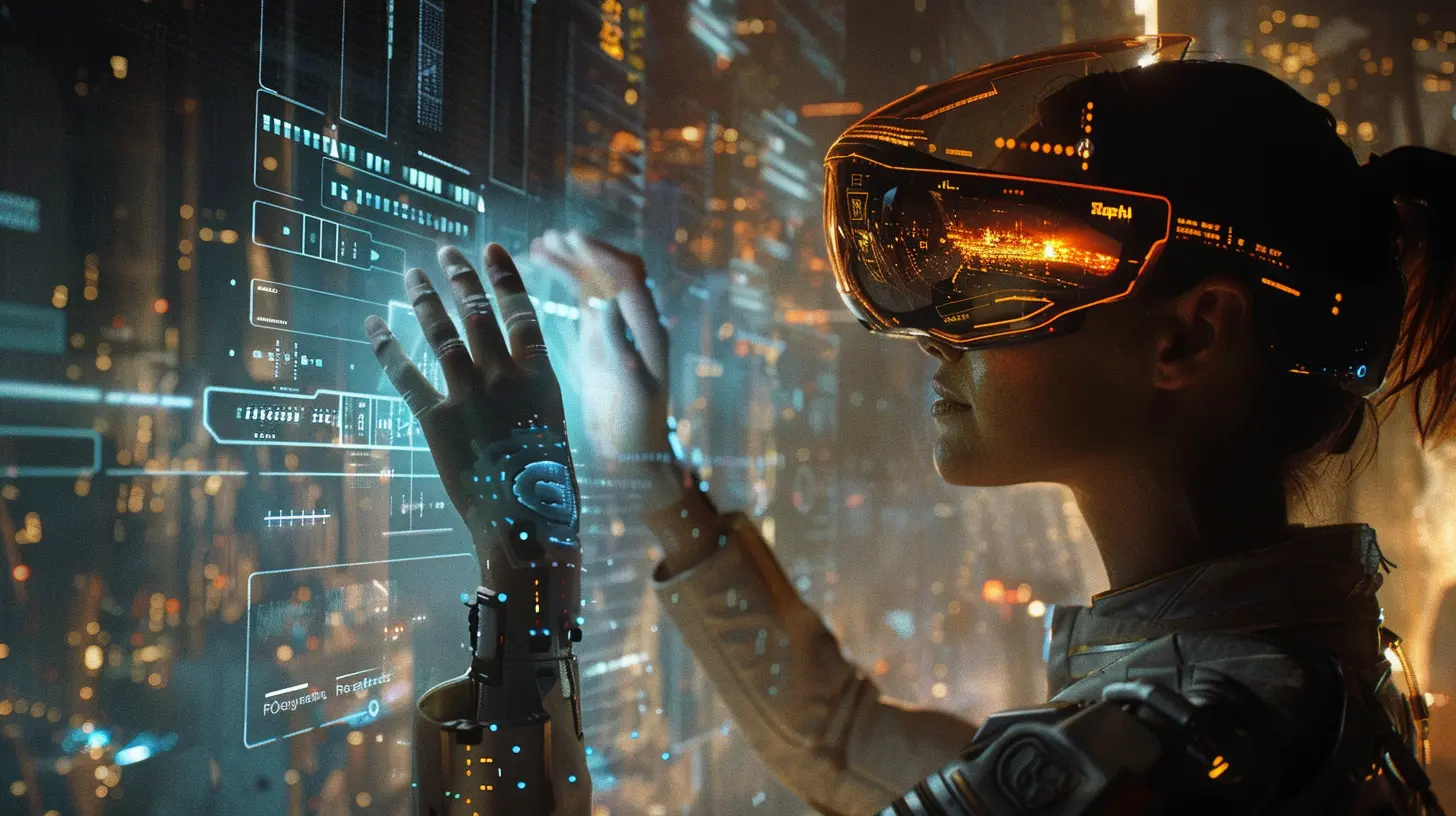
How AR Has Transitioned from Sci-Fi to Reality
Fast forward to today, and AR is no longer just fiction—it’s an integral part of modern technology. Thanks to rapid advancements in hardware and software, AR is now accessible to nearly anyone with a smartphone.1. The Rise of AR in Gaming
Perhaps the most widespread use of AR in pop culture today is in gaming. The defining moment? Pokémon GO (2016). This mobile game became a global sensation, allowing players to catch Pokémon overlaid onto real-world environments. It proved that AR could engage millions, bridging the gap between the digital and physical worlds.Other AR-powered games include:
- Harry Potter: Wizards Unite – Letting players cast spells in the real world.
- Minecraft Earth – Bringing virtual block-building into physical spaces.
2. AR in Social Media & Entertainment
If you’ve ever used a Snapchat filter or Instagram effect, congratulations—you’ve interacted with AR! Social media platforms have embraced AR for everything from playful face filters to business promotions.- Snapchat Lenses – Fun animations and effects enhance selfies.
- Instagram & TikTok AR Filters – Interactive effects that change surroundings in real time.
- Virtual Concerts & Holograms – Artists like Travis Scott and Ariana Grande have used AR to create surreal concert experiences in games like Fortnite.
3. AR in Everyday Life
AR is becoming increasingly practical, extending beyond entertainment into everyday applications:- Google Lens & AR Navigation – Ever used your phone’s camera to translate text or navigate streets? That’s AR in action!
- IKEA Place App – This lets you visualize furniture in your home before buying it.
- Medical AR – Surgeons use AR overlays for enhanced precision during procedures.
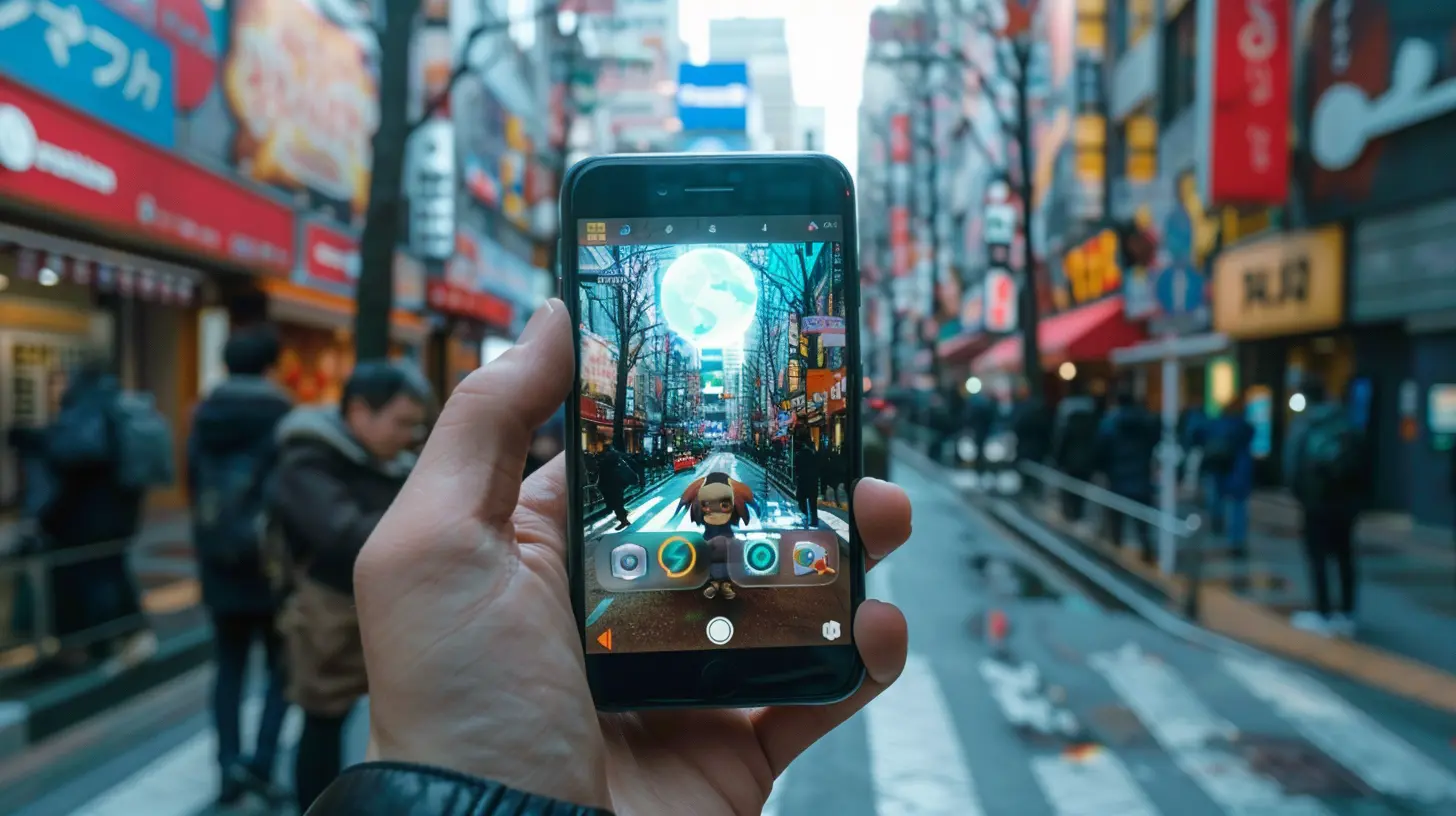
The Future of AR in Pop Culture
The progression of AR is far from over. As technology advances, we’re headed toward an era where AR will be as common as smartphones.1. AR in Hollywood’s Future
Movies and TV series may integrate more AR elements, allowing for fully immersive storytelling. Imagine watching a sci-fi film where key plot points unfold in your own living room via AR!There’s also the possibility of personalized AR experiences, where viewers can interact with characters or influence narratives.
2. AR’s Role in the Metaverse
Companies like Meta (formerly Facebook) and Apple are heavily investing in AR-powered metaverses, where digital and physical spaces merge. We might be looking at a future where AR glasses replace smartphones, offering a seamless blend of virtual and real-world interactions.3. AR in Fashion & Retail
Online shopping is already benefiting from AR try-ons, but what if AR could change the way we dress in real time? Imagine wearing AR-powered smart glasses that let you switch outfits instantly through digital overlays.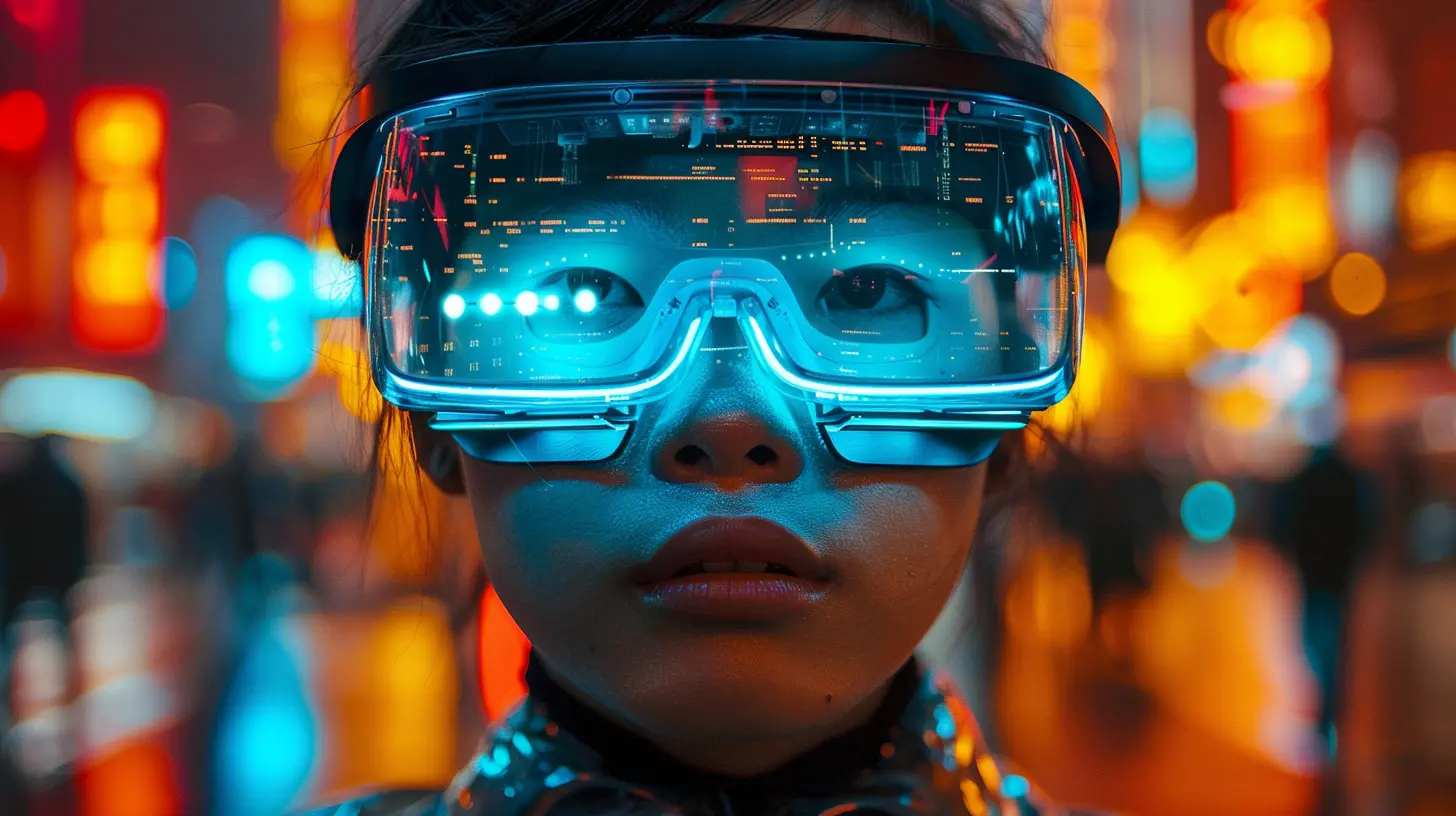
Conclusion
Augmented reality has come a long way since its early sci-fi roots. What once seemed like a distant dream is now shaping the way we play, shop, socialize, and even perform daily tasks.From blockbuster films to viral mobile apps, AR continues to blur the lines between fiction and reality—proving that sometimes, science fiction isn’t so far-fetched after all.
all images in this post were generated using AI tools
Category:
Augmented RealityAuthor:

Gabriel Sullivan
Discussion
rate this article
1 comments
Stacey Sawyer
AR is reshaping entertainment; embrace the future or get left behind!
July 25, 2025 at 2:20 AM

Gabriel Sullivan
Absolutely! Augmented reality is indeed revolutionizing how we experience entertainment, bridging the gap between fantasy and reality. Embracing this technology opens up endless creative possibilities for storytelling and engagement in pop culture.

